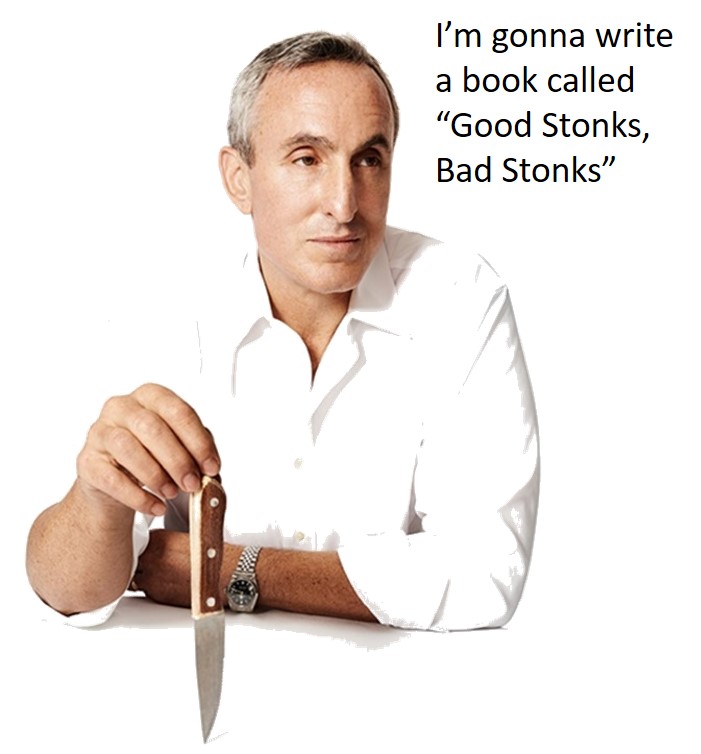The parallels that exist between the worlds of fitness and finance never cease to amaze me. Both should be founded in sound, evidence-based principals that rely more on consistency and patience than on quick fixes and flash.
But unfortunately, both worlds suffer from catchy slogans, that while technically correct, do little to actually help the people they’re aimed at supporting.
In fitness, “Eat Less, Move More” is the catch-phrase of the neophyte trainer who just can’t understand why anyone can’t just follow this simple mantra and enjoy the body of their dreams?!
As anyone who has been in fitness for any length of time will tell you, getting our clients to “Eat Less, Move More” is ultimately the goal, but without actual real-world, individual guidance to go along with the catchy slogan, most people will fail and never reach their goals.
The same is true in finance. “Buy Low, Sell High” is good advice at face value…you do want to buy stocks at a lower price than you sell them…but is this catchphrase actually helpful?
I’d say it’s no more effective than telling an overweight person to “Eat Less, Move More!” Here’s why…
Yes, you want to sell a stock (or fund) for more than you bought it for. But beyond the simple math, a LOT more information is needed before you “buy low” or “sell high”.
Let’s first look at “buy low”…lower than what…what you’re going to eventually sell it for, sure…but what else?
Let’s take a stock I own Netflix (Ticker NFLX). I originally bought NFLX for roughly $30 a share over a decade ago. At ANY point in the last decade I could have “sold high”, if my sole criteria was to sell it for more than I bought it for.
I rode NFLX up well over $300 a share…sell high! Nope, I held. Then I rode it back down to about $70…still doubling my money, but damn. Should I have “sold high” and at least doubled my earnings? Maybe.
Or maybe I should have bought more. Again, that depends on my perspective. At $70 I could have considered it a “sell high” (based on my purchase price) and gotten out.
Or, I could have considered it another buy point because $70 was WAY lower than the peak. (Buy the Dip!…another catchy slogan)
Ultimately, I held and rode it back about over $500, the stock split, I rode it higher, the stock split again…and then I bought more NFLX at $500 a share in 2020. Wait, did I just “buy high”? WTF??
I should note, the cost basis of my original $30 shares are now at a split-adjusted price of about $4.21. So how do I determine when to “sell high”? And how on Earth did I buy shares at $500 when my original shares only cost me $4.21?
The fact is, it’s all relative. Much like the many times in fitness and nutrition that the proper answer is “It Depends”, the same is true of the stock market. When to Buy and Sell a stock “depends”. And “Buy Low, Sell High” is simply inadequate and oversimplified advice.
I invest in companies I plan to hold for at least 3-5 years. Some, like Netflix and Apple, I’ve held for a decade. And they continue to be companies I like for the future and have no intention of selling any time soon.
These are the kinds of topics we take a deeper dive into inside the FitProFinancial membership site. While we can’t tell you how to invest your money, we can tell you our thought processes behind how we invest ours. And we can talk about why we are interested in certain stocks or funds now, and why we put our money into them in the past.
We post all of our own holdings in the portfolio tracker and you can both follow our portfolios and create your own too!
So join us inside where we nerd out on finance the same way we’ve “nerded out” over fitness and nutrition the last 2+ decades.


